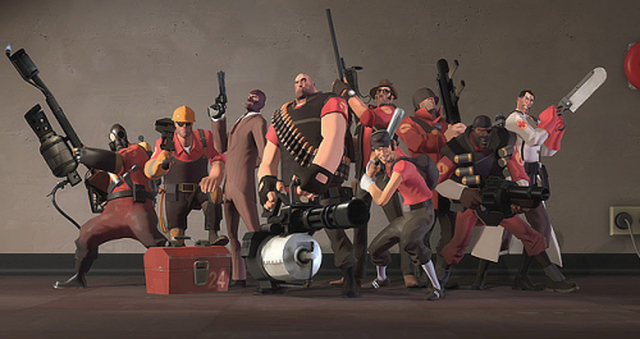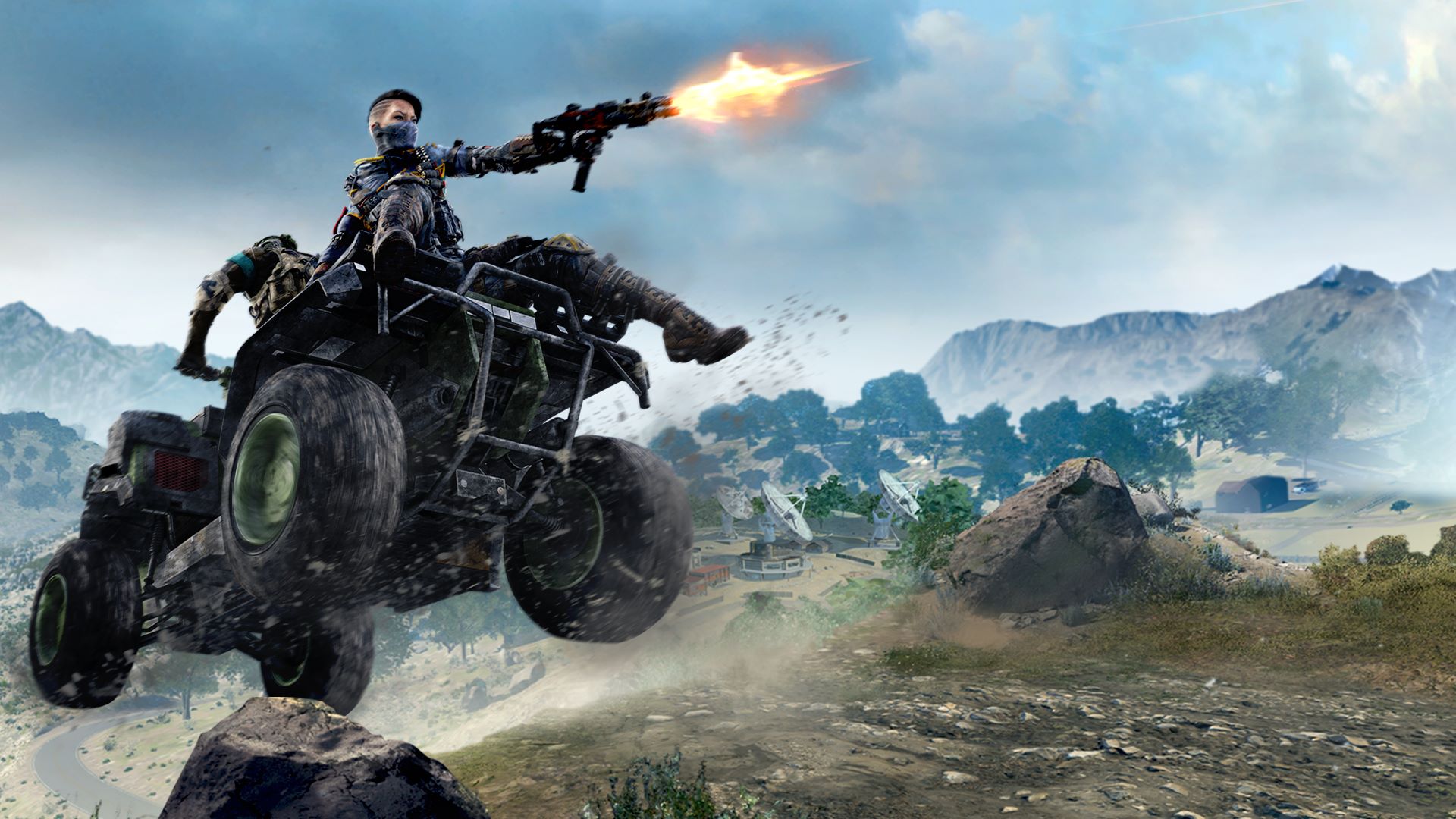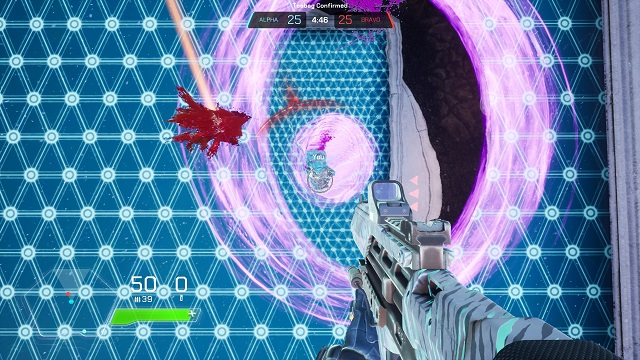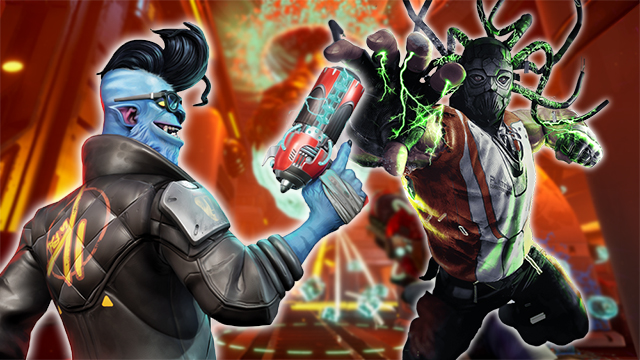This past August, while sharing an innocent few rounds of multiplayer with a friend, I made history. We were both trying out Vicious Circle, a new multiplayer shooter by Rooster Teeth. It’s basically a spin on Evolve with some interesting mechanics and an over-the-top presentation. It certainly wasn’t ever going to set the world on fire, but it would have at least turned some heads in another era. It also has all the trappings of a modern shooter, with cosmetics, a (free) battle pass, and all that jazz. Rooster Teeth priced it for $20, although it came free-to-play with their website’s highest subscription tier. As I tried to grab all the nuggets I could (don’t ask), I joined the highest player count the game had received as of yet. What was the game’s peak performance on launch week? 304 players, a number that still stands to this day. That paltry number shows how multiplayer games die when a paywall is erected and is one case study that gives credence to the point that all multiplayer games should be free-to-play.
Free-to-Play in 2019 | Running the numbers
To put that number into perspective, it wasn’t too long ago that everyone was crowing about LawBreakers faceplanting on launch with 10 times the players. Historic failures like Battleborn and Evolve maintained higher user averages than that peak for months. It’s hard to see any path forward for a multiplayer game of this type with such a small player pool, and it’s just not surprising anymore. This story always comes up. Players already have their game of choice, and no cost is too low to impede them trying something new. If you’re not starting off as free-to-play in some capacity, you’ve lost before you’ve even begun.
ALSO: Overwatch Role Queue might be the best thing to happen to the game in years
As with most genres, there is room for just a few kings on top of the mountain. What’s the market look like for a game like Vicious Circle trying to enter the multiplayer shooter market? For paid games, Call of Duty continues to rule the roost based purely on momentum and budget. Blizzard’s Overwatch captured the zeitgeist as few games could, even if its glory days may already be behind it. Outside of those two (both owned by the same company), you have PUBG, Ubisoft’s big Tom Clancy releases and Microsoft’s continued first-party efforts with Halo and Gears. With the exception of CoD, most of these games go on sale at such a pace that anyone looking for one game to focus on can find their niche here. Everything else is fighting for scraps.
Free-to-Play in 2019 | What are people playing?

Going free-to-play at least removes that barrier to entry, even if the competition remains fierce. If you’re releasing on PC, you have all the games listed above with legacy audiences plus some of the most popular games in the world. In shooters alone, you have Fortnite, Apex Legends, Team Fortress 2, Counter-Strike: GO, all available at the push of a button with no upfront cost. Even under the radar hits like Paladins and Dead by Daylight bring in tens of thousands of players daily, and both those games offer something wholly unique to their respective spaces. And even though if the latter is a premium title, it’s like almost nothing else out there and has an audience because of it. Although console markets are often less crowded, budding developers often choose to start on PC just due to the platform’s ease of access and that ease and subsequent free price point is key.
Games that fail to hit critical mass often have store pages filled with hopeful news posts. Even years after Steam changed from a curated marketplace to a gaming department store, there’s still a lot of assumptions that the Steam audience is always looking for the next big thing. In my experience as someone who professionally recommends new games to a general audience, they’re often not. People are happy to play a handful of games for years and years as long as they receive minimal support. Sometimes, players don’t even need that. They instead rely on going back to something familiar, since a novel take on a genre might be harder to learn than an old favorite.
Free-to-Play in 2019 | Where we dropping?

Simply put, releasing multiplayer games is trickier than ever simply because of the need for an audience. You have to be novel, yet familiar, fighting for an ever-shrinking pool of unattached players. If you’re not going to create a game that will be on the tip of everyone’s tongues for months to come, there’s simply no reason to expect that people will drop $20 on a whim to see what you’ve made. Heck, even if people have hype for your product, things can turn fast if you’re not beating out the free competition.
Remember Call of Duty‘s much-touted Blackout mode? It was a hit when the game first came out. However, slowly but surely, players faded away. The new hotness came in, Fortnite kept up its ridiculous pace of updates, and Blackout was still stranded behind the full AAA pricing (despite having all the microtransactions of a free game). Battle royale players simply went to what they could access without payment, and now Black Ops 4 is a blip on the radar for anyone but the most hardcore fan. When all the power of Activision can’t muster up an active audience for an exciting and heavily marketed new experience, what chance does a game like Vicious Circle really have?
Free-to-Play in 2019 | A dash of hope

Even if it’s incredibly difficult to stand out today, good ideas will leave their mark and find an audience. A game like Splitgate combined interesting mechanics with finely tuned gameplay to attract thousands during its launch period. Those players have dwindled, but the initial success did ensure that many eyes will be on its first major update and console ports. If Splitgate had decided to forgo cosmetic microtransactions and just charge $15 for their game, it’s not likely either of those things would have been in the cards. Splitgate intrigued players, put up no barrier for entry, and got people to stick around. This process almost ensures that better games won’t get lost among the crowd.
Releasing a game is always a gamble, and it takes more than a price point to succeed. You need to build a community to talk about your game outside your bubble. You need to consider streamers, media coverage, and potential company partnerships. However, despite everything, it’s still pretty thrilling to wake up and play something you’ve never touched before without forking over a cent. Think about how a player will come to your game and make that experience as easy as possible. It’s the only way that your game won’t end up dead on arrival come launch day. Time and money are both valuable but there are so many multiplayer games that it is getting more and more ludicrous to require both.







